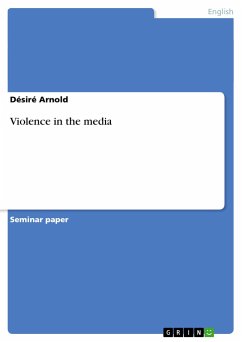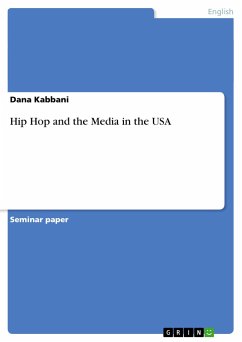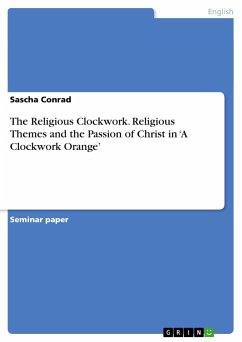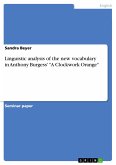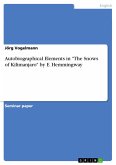Seminar paper from the year 2003 in the subject American Studies - Culture and Applied Geography, grade: good, University of Potsdam (Institute for Anglistics/ American Studies), course: PS/ GK Introduction to Media Science, language: English, abstract: What is 'violence'?Kunczik says it is "an intentional physical or/and psychical damage to a person, a living being or a thing, through another person."1(15) Theunert considers violence only between human beings. "Offenders and victims are always one or more persons."2(89) Kunczik says one also could differentiate between concrete violence and fictional violence, as well as between natural and artificial violence. Concrete violence is about shown behaviour, which results in violence, either physical or psychical. Fictional violence is only the presentation of it. And so natural violence means the real and genuine violence, for example shown in movies. And at last the artificial representation means the un-real representation, for example shown in cartoons.2. History of Violence in the MediaHistorically spoken, violence in the media is not a phenomenon of the present; already the ancient Greeks were confronted with it. Kunczik (19) states that each new medium was judged negatively in the beginning. It all started with Plato. In his work "Politea" he accuses tales and myths to stand in contrast to an honourable adult life, and so children and youngsters should be kept away from these. At this point Aristotle, a former student from Plato sets in. He formed a thesis called thesis of catharsis. 3 So one can see that the topic violence already derives from the ancient world. For example Homer and his "Odyssey" as well as Aneas and his work "Aneis". Also the Grimms and Busch made use of violence in their tales. This goes on to Shakespeare and his plays, for example in "Hamlet" they fight, an act of violence, or "Macbeth". Goethe as well used a kind of violence, when his "Werther" 4 commits suicide. Critics of thattime feared many suicides (and many suicides are said to have happened after reading this work).

